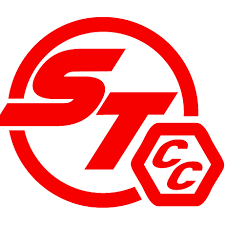Braking systems have undergone many changes throughout the years the focus has always been on making it easier for drivers to use brake pads, thus making driving easier.
Carbon ceramic brakes (also called carbon ceramic discs) are manufactured from carbon fiber mixed with an epoxy binder and silicon. This mixture is poured into a steel mold. Vents are created in the disc by adding steel inserts radially around the boundary of the mold.
How are they created?
The production process of carbon ceramic brakes is complex and takes time and precision.
Silicon resin is mixed into carbon fiber; the mixture is put into molds and placed under a pressure of 20,000 kgs at about 200 degrees Celsius before cooling it. This mold is then heated again for two days at about 1000 degrees Celsius before more silicon powder is added.
Surface Transforms plc (LON:SCE) is a manufacturer of next-generation carbon-ceramic brake discs for automotive and aircraft applications and has been certified to IS9001-2000 since 2008 and was certified to TS16949 automotive quality accreditation and AS9100C aerospace quality accreditation in 2015.

